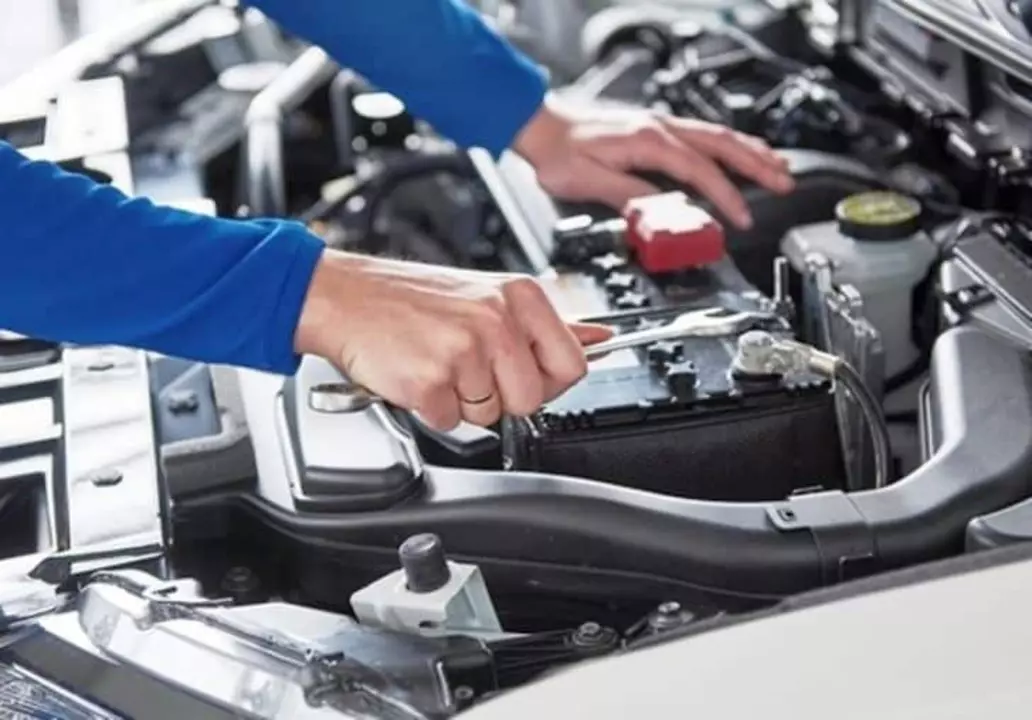Expensive Repair Costs: What to Do When Your Ford Needs a Pricey Fix
If you’ve ever faced a repair bill that made you wince, you know the feeling. A broken transmission, a cracked engine block, or a bad timing belt can all add up fast. The good news? You don’t have to sit helplessly while the cost climbs. Below are real‑world steps you can take the moment a big repair pops up.
1. Get a Clear Quote Before Work Starts
Never let a shop start ripping out parts without a written estimate. Ask for a line‑by‑line breakdown: labor hours, each part, taxes, and any hidden fees. If something looks off, call it out. A transparent quote lets you compare shops and avoid surprise charges later.
2. Shop Around and Use Parts Wisely
Many repair centers source parts from different suppliers. Ask if they can use OEM (original equipment manufacturer) parts, aftermarket alternatives, or refurbished components. For non‑safety items like a radiator or a fuel pump, a high‑quality aftermarket piece can shave off 20‑30 % of the price without sacrificing reliability.
Don’t forget to call local independent garages. They often charge lower labor rates than dealer service departments. A quick phone call and a few minutes of research can save you hundreds.
3. Ask About Labor Discounts or Promotions
Dealerships run seasonal promotions—think “Summer Service Specials” or “Winter Tune‑Up Deals.” Even independent shops may offer a discount for first‑time customers or for paying in cash. Mention any coupon you’ve found online; many shops will honor it.
4. Prioritize Repairs Based on Safety
Not every repair needs immediate attention. A broken headlight certainly does, but a worn‑out interior trim may wait. Ask the mechanic to rank the issues: essential for safety, essential for performance, optional. Fix the safety‑critical items first, then plan the rest for the next service visit.
5. Consider DIY for Simple Fixes
Some repairs, like replacing a brake pad, an air filter, or a battery, are doable with basic tools. YouTube tutorials and repair manuals can guide you step by step. If you’re comfortable, doing it yourself eliminates labor costs entirely.
6. Keep Up With Regular Maintenance
Preventive care is the cheapest insurance against big bills. Stick to the service schedule in your owner’s manual: oil changes every 5,000‑7,500 km, tire rotations, and regular fluid checks. Small issues—like a slow‑leaking coolant hose—are easy to fix before they become a cracked engine block.
7. Use a Warranty or Service Contract
If your Ford is still under the manufacturer's warranty, many repairs are covered. Even if the warranty is expired, you might have a service contract from the dealer. Review the terms; sometimes a relatively low‑cost extension can cover expensive components like the transmission.
8. Keep Good Records
Every receipt, invoice, and service note builds a history of your car. Future buyers value a well‑documented vehicle, and some repair shops will give you a better rate if they see you’ve kept up with maintenance. Digital photos of the work can also help if you need to dispute a charge later.
Facing a steep repair bill doesn’t have to mean a nightmare. By getting clear quotes, comparing parts, asking for discounts, and staying on top of maintenance, you can keep your Ford on the road without draining your wallet. Remember, the smartest driver is the one who knows when to spend and when to wait.
